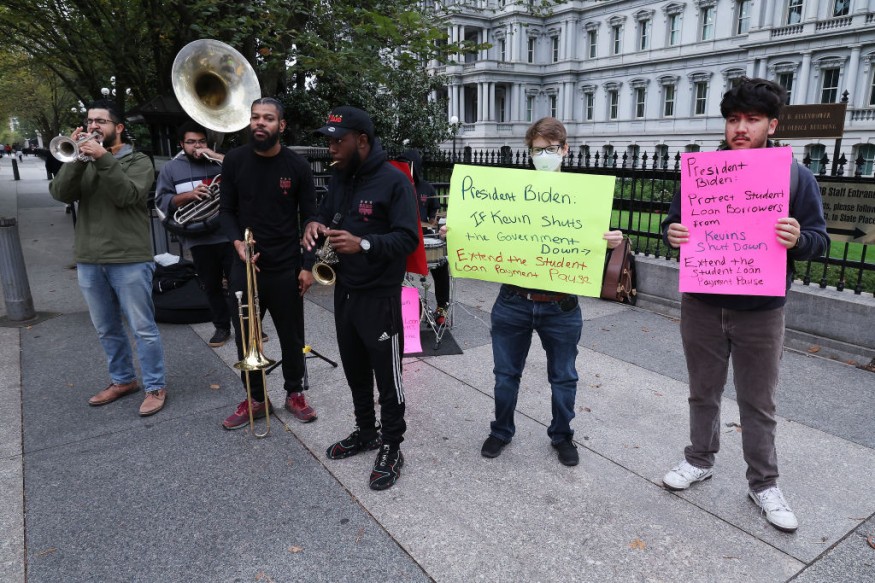Debt-Ridden States: The Heaviest Student Loan Burdens in the Nation
According to a recent research, Maryland has the highest average student loan debt per borrower-more than $40,000-of any state.
The states with the highest student loan debt were determined by Degree Choices, an organization committed to assisting students on their road toward higher education, through an analysis of federal statistics.

The #1 state on the list, Maryland, at $43,116 per borrower, is followed by the other four East Coast states. With an average of $41,775 per borrower, Georgia ranks second, followed by Virginia ($39,599), Florida ($38,683), and South Carolina ($38,360).
The average per borrower in the bottom five states is less than $32,000.
At $30,000, North Dakota has the lowest average debt per borrower from student loans. After Iowa at $30,759, Wyoming comes in second-to-last at $30,359. Oklahoma comes in at $31,875, and South Dakota at $31,746.
Over $1.7 trillion in student loan debt is owed to the country as policymakers in Washington scramble to come up with answers.
In the past, the Biden administration attempted to offer all debtors comprehensive debt relief. Democrats have been pushing for the forgiveness of part of the debts. The Supreme Court rejected the attempt in June.
The Department of Education has already convened many meetings to consider a second attempt at student loan forgiveness; however, it appears that this endeavor will be more targeted at particular groups than it would be comprehensive.
Republicans have opposed student loan relief, but they have put up proposals to bring down college costs and increase transparency in the cost of obtaining a degree.
The Escalating Numbers
Statistics paint a stark picture of the student debt crisis. According to recent reports, the total outstanding student loan debt in the United States has surpassed staggering figures, reaching into the trillions. This monumental sum is distributed among millions of students and recent graduates, shaping the financial landscape for an entire generation.
A key contributor to the mounting student debt crisis is the relentless rise in tuition costs. As institutions of higher learning grapple with budgetary constraints and increasing operational expenses, students find themselves bearing the brunt of these financial pressures. The result is a cycle of borrowing that has far-reaching consequences on the financial health of graduates.
The ripple effects of the student debt crisis extend beyond individual borrowers. With graduates burdened by substantial monthly loan repayments, their ability to contribute to the economy is hindered. Homeownership rates decline, consumer spending is curtailed, and entrepreneurial endeavors are stifled, posing challenges to the nation's overall economic growth.
Amidst the growing crisis, there is a burgeoning call for comprehensive reform of the higher education financing system. Advocates emphasize the need for policies that address the root causes of rising tuition, explore alternatives to traditional student loans, and provide relief mechanisms for those already saddled with debt.
Related Article : US Funds Shift Focus Away from China, Offloading Alibaba, Apple
© 2025 MoneyTimes.com All rights reserved. Do not reproduce without permission.











